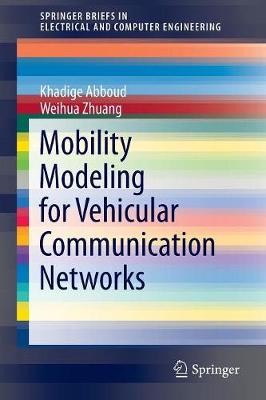This brief presents a stochastic microscopic mobility model that describes the temporal changes of intervehicle distances. The model is consistent with simulated and empirical vehicle traffic patterns. Using stochastic lumpability methods, the proposed mobility model is mapped into an aggregated mobility model that describes the mobility of a group of vehicles. In addition, the proposed mobility model is used to analyze the spatiotemporal VANET topology.
Two metrics are proposed to characterize the impact of vehicle mobility on VANET topology: the time period between successive changes in communication link state (connection and disconnection) and the time period between successive changes in node's one-hop neighborhood. Using the proposed lumped group mobility model, the two VANET topology metrics are probabilistically characterized for different vehicular traffic flow conditions. Furthermore, the limiting behavior of a system of two-hop vehicles and the overlap-state of their coverage ranges is modeled, and the steady-state number of common vehicle neighbors between the two vehicles is approximately derived. The proposed mobility model will facilitate mathematical analysis in VANETs. The spatiotemporal VANET topology analysis provides a useful tool for the development of mobility-aware vehicular network protocols.
Mobility Modeling for Vehicular Communication Networks is designed for researchers, developers, and professionals involved with vehicular communications. It is also suitable for advanced-level students interested in communications, transport infrastructure, and infotainment applications.
- ISBN13 9783319255057
- Publish Date 9 March 2016
- Publish Status Active
- Publish Country CH
- Imprint Springer International Publishing AG
- Edition 1st ed. 2015
- Format Paperback
- Pages 63
- Language English
